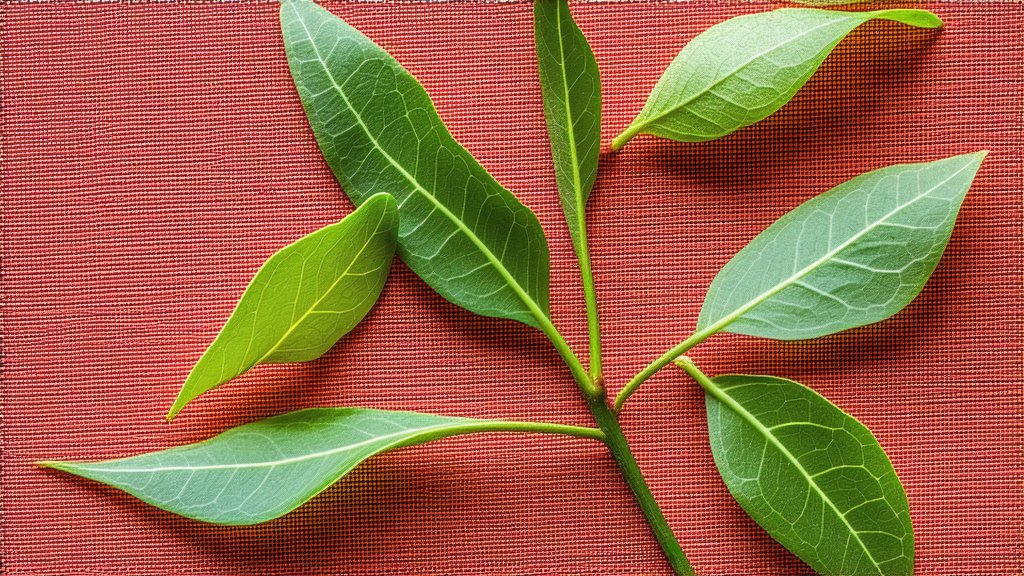
In the vast and diverse world of tea, few beverages capture the essence of tranquility and tradition quite like Longjing (Dragon Well) tea. As one of China's most revered green teas, Longjing is not merely a drink; it embodies centuries of cultural heritage, meticulous craftsmanship, and an unparalleled connection to nature. This article embarks on a journey through the history, varieties, production processes, and art of appreciating Longjing tea, inviting international readers to savor its unique charm.
A Glimpse into History
Longjing tea, also known as Dragon Well tea, traces its origins back to the Tang Dynasty (618-907 AD), with its name first appearing during the Qing Dynasty (1644-1912). Its legendary status was cemented when Emperor Kangxi of the Qing Dynasty discovered the tea growing in the village of Longjing near West Lake in Hangzhou, Zhejiang Province. The emperor was so captivated by the tea's delicate flavor and aroma that he ordered 48 tea bushes to be planted around a sacred spring within the imperial garden, naming them "Imperial Tea Bushes." These original bushes are still cultivated today, symbolizing the tea's enduring legacy.
Varieties of Longjing
While Longjing tea primarily refers to a specific type of green tea from the Longjing village, there exist subtle variations based on factors such as terroir, harvest time, and processing techniques. The two main categories are Xi Hu Longjing (West Lake Dragon Well) and Qian Tang Longjing (Qiantang River Dragon Well), with Xi Hu Longjing being considered the epitome of quality due to its ideal growing conditions around West Lake. Within these categories, further distinctions can be made based on the time of harvest:
- Pre-Qing Ming (before April 5th): The earliest and most prized harvest, known for its exceptionally fresh and tender leaves.
- Ming Qian (April 5th - April 30th): Still highly regarded, these leaves offer a balance between freshness and maturity.
- Yu Qian (May 1st - May 20th): Later in the season, the tea has a fuller body and more pronounced flavors.
Each of these harvests contributes to the rich tapestry of Longjing's flavors, allowing connoisseurs to explore the nuances of each seasonal expression.
The Art of Longjing Production
The magic of Longjing tea lies not only in its historical significance but also in the intricate process by which it is crafted. Here's a detailed look at the traditional hand-panning method, which sets Longjing apart from other green teas:
-
Picking: Only the youngest, most tender buds and leaves are selected, typically during the early spring months. This ensures the tea's delicate flavor profile.
-
Withering: The freshly picked leaves are spread out to wither under natural sunlight or in shade, allowing excess moisture to evaporate and initiating enzymatic reactions that contribute to the tea's unique aroma.
-
Fixation: To halt oxidation and preserve the green color, the leaves are briefly heated in a large wok or pan over high heat. This step also helps develop the tea's signature fragrance.
-
Shaping: The heart of Longjing's distinctive appearance lies in its shaping process. Skilled tea masters use their hands to gently toss and shape the leaves in a hot pan, creating the flat, sword-like structure reminiscent of dragon scales. This technique requires immense dexterity and control, often taking years of practice to perfect.
-
Drying: Finally, the shaped leaves undergo a final drying phase to reduce moisture content to about 5-6%, ensuring longevity without compromising flavor.
Savoring Longjing Tea
To truly appreciate Longjing tea, one must engage all senses in the ritual of tasting. Here's a guide to experiencing this exquisite brew:
-
Warm the Teaware: Begin by rinsing your teapot and cups with hot water to warm them up and enhance the tea's aroma.
-
Measurement: Use approximately 3 grams of loose leaf Longjing per 150ml of water. For a more concentrated brew, adjust the ratio accordingly.
-
Water Temperature: Use water heated to around 80°C (176°F). Boiling water can scorch the delicate leaves, resulting in a bitter taste.
-
Steeping Time: Infuse the leaves for 1-2 minutes, depending on personal preference. The first infusion tends to bring out the freshest flavors, while subsequent infusions reveal deeper notes.
-
Observation: Admire the tea's jade-green hue and the graceful dance of the leaves as they unfurl in the water.
-
Aroma: Inhale deeply before sipping to capture the tea's subtle yet complex bouquet, which may include hints of toasted chestnut, orchid, and fresh grass.
-
Tasting: Take a small sip, allowing the tea to coat your palate. Notice its smooth texture, sweet aftertaste, and the interplay of umami and vegetal notes.
-
Multiple Infusions: Longjing tea is known for its resilience, capable of yielding multiple infusions. Each subsequent brew will unveil different layers of flavor, providing a dynamic tasting experience.
In conclusion, Longjing tea is more than just a beverage; it is a testament to China's rich tea culture and a symbol of harmony between man and nature. Its history, varieties, meticulous production process, and intricate tasting ritual all contribute to its status as a cherished treasure among tea enthusiasts worldwide. As you embark on your own journey with Longjing tea, may each sip transport you to the misty hills of West Lake, where every leaf whispers stories of ancient wisdom and timeless beauty.